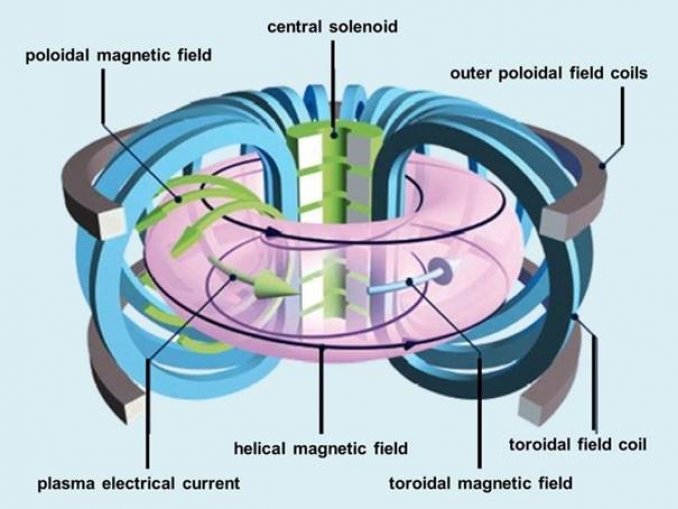Thread
The National Ignition Facility (NIF) has achieved net energy gain from fusion! This is incredibly exciting scientifically, but what does it mean for the future of energy?
In all likelihood, very little.
A thread:
In all likelihood, very little.
A thread:
NIF uses inertial confinement fusion, which involves shooting ultra high-powered lasers into a small capsule containing a deuterium-tritium fusion fuel pellet. The surface the pellet heats, causing an implosion that crunches the interior until (hopefully) fusion is achieved
In this particular instance, it appears that NIF successfully induced a fusion reaction that generated more energy than was originally delivered to the pellet via the lasers.
This is Net Gain, a milestone that fusion engineers have been pursuing for half a century.
This is Net Gain, a milestone that fusion engineers have been pursuing for half a century.
So as a scientific and symbolic achievement, this is huge. But how much closer does it put us to 'limitless clean energy'?
Unfortunately not much closer at all. For inertial confinement fusion, there's a VERY long way to go between net gain and viable electricity generation.
Unfortunately not much closer at all. For inertial confinement fusion, there's a VERY long way to go between net gain and viable electricity generation.
To explain just how far, let's look at the power balance of this experiment. If the reports are correct, the fusion reaction generated 2.5 MJ, compared to 2.1 MJ of laser power.
BUT, the huge lasers at NIF are less than 1% efficient, so to generate more fusion energy than actual input energy to the facility, you'd need to increase the yield 100x...
Plus, the fusion power is in the form of heat and radiation, and needs to be converted back to electricity. Assuming a 40% steam cycle efficiency, that's another 2.5x increase in required yield. So we need a fusion reaction *250x MORE POWERFUL* to achieve true electric net gain
Now, future lasers might be able to achieve something like 10% efficiency. That's still a 25x increase in fusion power needed just for NIF to break even from an electricity standpoint. And to actually *generate* power, you of course need much more
This of course doesn't even get into the cost of that power, which requires an absolutely enormous facility running shots in rapid succession. NIF's huge lasers need their optics serviced after only a few shots, but even if it could perform one shot per second...
...the gross continuous power generation at the current yield level would be just 2.5 MW.
NIF cost about $3.5 billion to build.
Basically, we're many orders of magnitude away from an inertial confinement power plant along every possible dimension.
NIF cost about $3.5 billion to build.
Basically, we're many orders of magnitude away from an inertial confinement power plant along every possible dimension.
So is fusion power a pipe dream? Not by any means! While inertial confinement fusion may never be a practical power source, *magnetic confinement* fusion holds some real promise.
The ITER project and a number of private companies are aiming to achieve net gain from magnetic confinement fusion within the next decade, and without the horribly inefficient lasers, net gain means a lot more for a magnetic confinement plant than an inertial one.
So in short, don't lose hope that fusion could one day power our civilization! On the other hand, don't expect future fusion plants to look anything like NIF.
This is partially to be expected, since NIF was designed to study fusion bombs, not energy: lasers.llnl.gov/about/
This is partially to be expected, since NIF was designed to study fusion bombs, not energy: lasers.llnl.gov/about/
And even if we can 'solve fusion', it won't necessarily monopolize the energy sector. To learn more about the role it might play alongside other resources in a decarbonized electricity grid, check out our recent working paper:
Also if anyone wants to feel a bit more optimistic about ICF in light of the news, here's a good thread explaining how we still might bridge the gap from NIF to something viable:
Mentions
See All
Garry Tan @GarryTan
·
Dec 12, 2022
Interesting thread with more details 🧵


